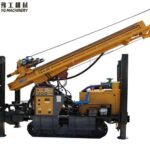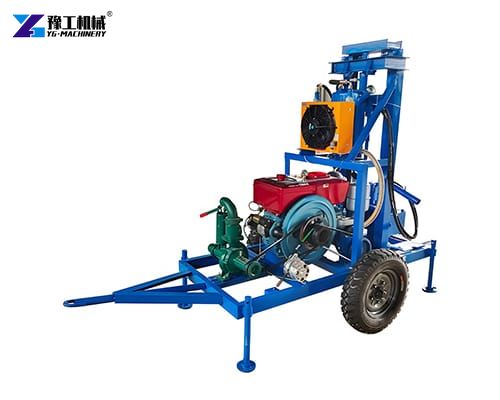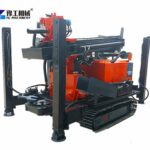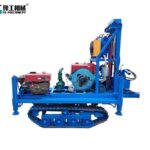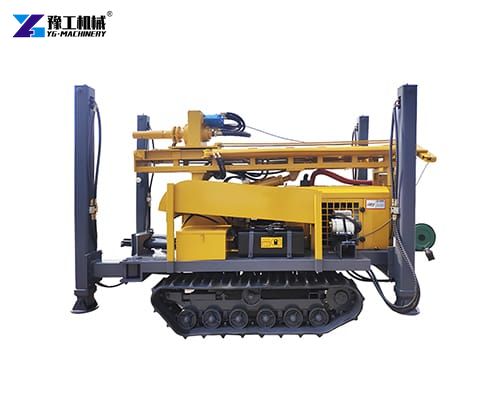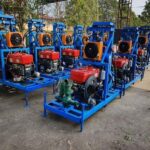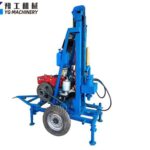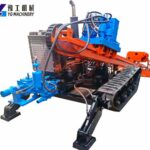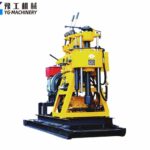Trailer mounted water well drilling rig is a compact yet powerful drilling system designed to be mounted on a trailer chassis. The trailer provides the mobile base and often houses the power source, which can be a diesel engine or a hydraulic power pack. The mast is the tall, vertical structure that hoists and guides the drilling tools, such as the drill pipe and the drill head. This configuration allows operators to transport the equipment easily using standard vehicles while retaining the ability to drill deep, high-quality boreholes for domestic, agricultural, or industrial use. It stands as a cornerstone in modern groundwater exploration, combining mobility, efficiency, and adaptability to meet diverse drilling demands.

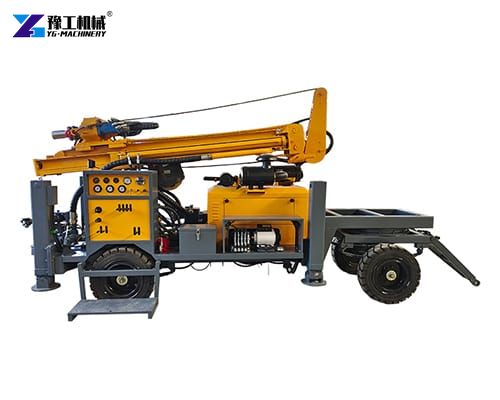
Structure and Components
The main structure of a trailer mounted water well drilling rig includes several key components:
- Power Unit: Usually a diesel engine or electric motor providing the required torque and power for drilling operations.
- Rotary Head: Responsible for the rotation of the drill bit, ensuring consistent penetration through various soil layers.
- Hydraulic System: Powers lifting, rotation, and feeding mechanisms for smooth, efficient operation.
- Mud Pump: Circulates drilling fluid to cool the bit, remove debris, and stabilize the borehole.
- Drill Mast and Winch: Provides vertical support for drill rods and casing pipes, allowing deep drilling.
- Trailer Chassis: Built for off-road performance, enabling the rig to travel to remote areas.
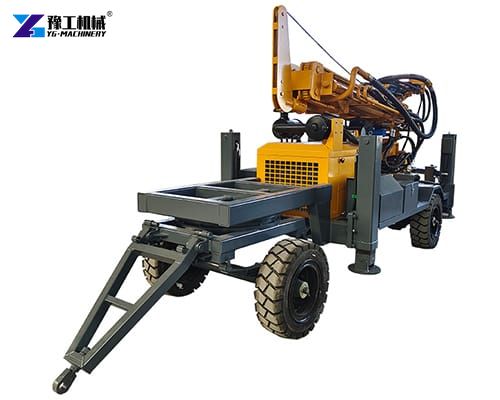

Advantages of the Trailer Mounted Water Well Drilling Rig
- Mobility and Flexibility: The trailer design makes transportation easy, even in challenging terrains.
- Cost Efficiency: It requires lower investment and operational costs compared to heavy truck-mounted rigs.
- User-Friendly: Simplified hydraulic control systems make it easier to operate and maintain.
- Versatility: Suitable for various applications, including domestic wells, irrigation, and industrial use.
- Compact Design: Ideal for small contractors and drilling teams that operate across multiple sites.
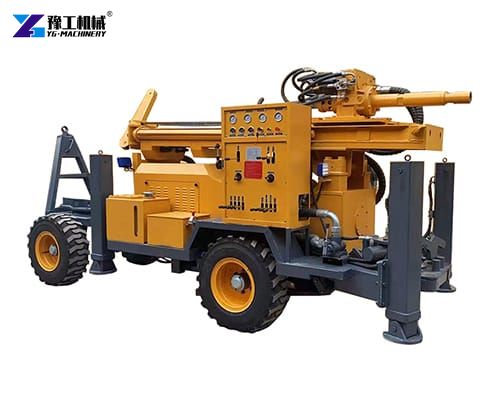
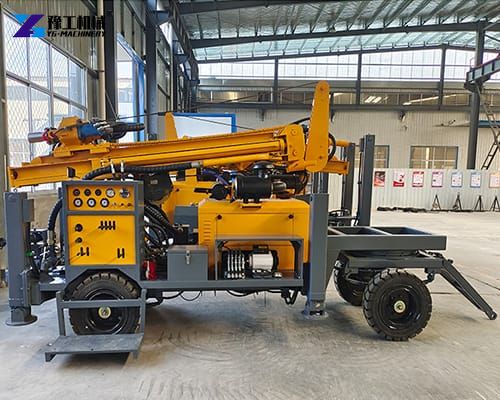
Maintenance and Operation Tips
Regular maintenance ensures longevity and performance:
- Inspect hydraulic hoses and connections for leaks.
- Clean mud pumps and filters after each job.
- Grease moving parts regularly.
- Monitor engine oil and coolant levels.
- Replace worn-out drill bits promptly to maintain efficiency.

